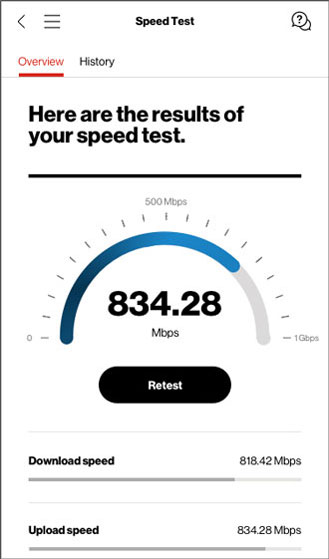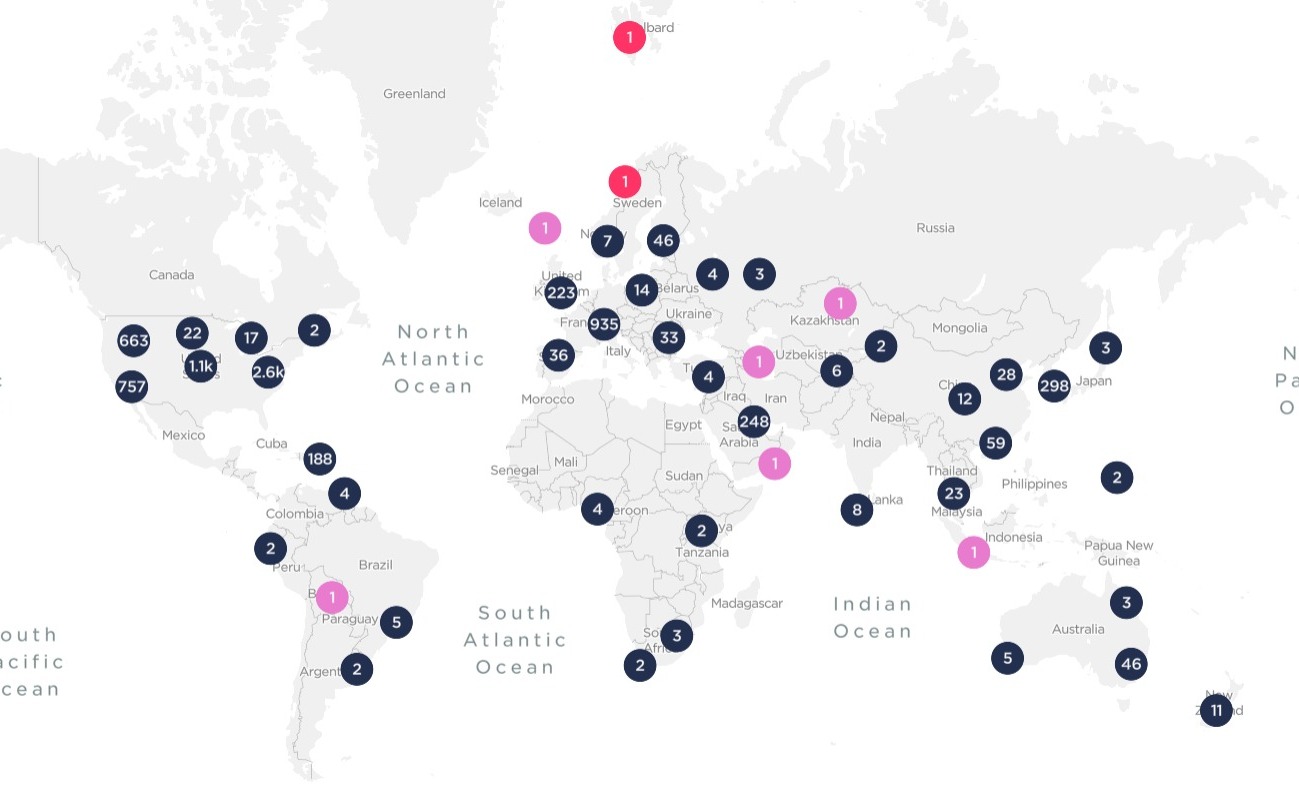

Finally, the Seattle images at the top with the labels - I think the scale on the legend here doesn't quite match the main map area but since there are labels on it that doesn't matter too much. But, in the case of these cities there is in most cases a lot of data to go on. What about the fact that some areas have not much data? This is sometimes true for individual points, but even with a single test we have an indication of local achievable speed. See below for an example that you can just drop straight into Aerialod to render - it doesn't look like much below but once you load it into Aerialod it should look nice once you tweak some settings, but you'll need a Windows machine and a decent graphics card to make it work quickly. How did I make these images? I used QGIS to create the basic layouts and then Aerialod to render them in 3D. Can you just grab a shapefile if you want to? Yes, they provide download files in shp format for both mobile and fixed internet on a quarterly basis - just go to the Github page and scroll down to the Download via URL section. Is this really open data? Yes, Ookla have made it available under a CC BY-NC-SA 4.0 license).

Is there an R package for this data? Yes. How big are the sample points? Here's what Ookla say on the open data page I linked to above: "This equates to a tile that is approximately 610.8 meters by 610.8 meters at the equator (18 arcsecond blocks)". The data is based on people testing their internet speed using. Notes: if you're looking for the raw data, you can find it on the Ookla Github open data page. Highest speed I found - that's a big spike! Some seriously fast mobile internet in Seattleĭon't settle for slow mobile internet in Seattle Remember that these are for mobile internet speed. There are lots of maps below - and below that I added a few notes on the data and so on. I also did a map of Mobile, Alabama - it seemed like it had to be done.


To cut a long story short, I took the most recent global data on mobile internet speeds for a number of different cities (staring with Seattle, below) and produced a series of 3D maps of mobile internet speeds. One of the great things Ookla do, beyond offering Speedtest, is share their data as open data. Most of the world's ISPs and mobile carriers use Ookla data to help analyse their services. The company behind Speedtest is Ookla, and they have their headquarters in Seattle, with another office in Dublin. Actually, their about page has a live ticker telling you how many Speedtest tests have been undertaken to date, if you want to have a look. Since 2006, more than 40 billion internet speed tests have been carried out by users of and it's used by over 10 million people every day.


 0 kommentar(er)
0 kommentar(er)
